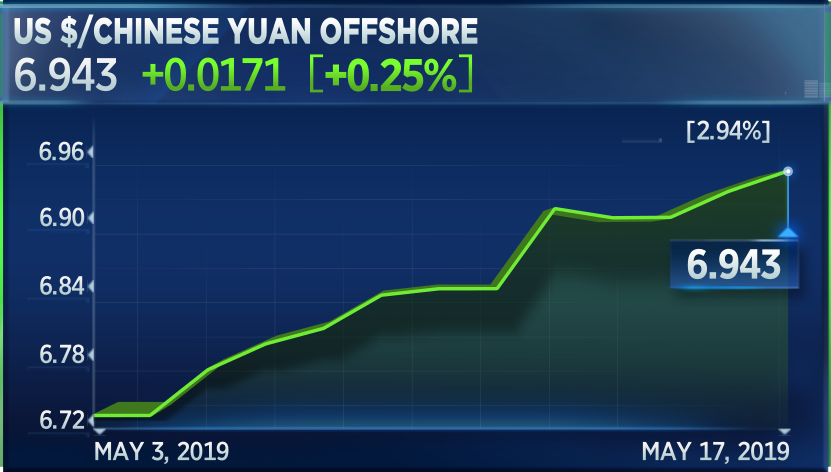
One-third of middle-income adults don’t have enough savings to cover an unexpected $400 expense without selling something or borrowing money, Fed Governor Lael Brainard said at a conference in Washington D.C. earlier this month.
Brainard spoke about the results of the central bank’s 2018 Survey of Consumer Finances, which found that “even modest unexpected expenses” could upend the finances of lots of families considered middle-class, defined here as those earning between $40,000 and $85,000 in 2018.
“The majority of middle-income households thus do not have sufficient liquid savings to weather a typical material financial disruption,” like a temporary job loss or illness, said Brainard.
Only around 25% of middle-class households have enough savings to cover six months of expenses, the amount that financial advisers typically advise people to keep on hand in case of emergency.
Financial security, Brainard said, is an important marker of middle-class living. That so many households are having trouble saving for even minor crises is bad news for the economy.
“Having a strong middle class implies that families with average incomes have the purchasing power to consume and the savings to invest,” said Brainard. “So a strong middle class is often seen as a cornerstone of a vibrant economy and, beyond that, a resilient democracy.”
For now, experts generally think that being middle-income is interchangeable with being middle-class, but Brainard notes that soon that might no longer be true: The rising costs of housing, health care and education “may be making it more difficult for middle-income families to achieve middle-class financial security.”
The middle class hasn’t recovered from the Great Recession
The Fed’s report also highlights the growing income disparity between the richest Americans and everyone else. The top 10% of households by income in the country are now 13 times wealthier than those in the middle-income group, on average, the report finds. In 1989, the top 10% was only seven times wealthier.
“The wealth of the top 10% of households is 19% higher than before the recession, even after factoring in the decline in stock prices at the end of last year,” said Brainard. “In contrast, the wealth of middle-income families still has not returned to its pre-crisis level, and lower-income families have a wealth shortfall of 16%.”
The wealth of middle-income families still has not returned to its pre-crisis level.
Lael Brainard
Fed Governor
How to build up your emergency savings
How much you have stashed away will depend on a variety of factors, including income, where you live, debt obligations and more. But if you have no savings, experts at Americasaves.org recommend you start by aiming to put away $500. Reaching that goal can then inspire you to save more.
Jeremy Straub, CEO of Coastal Wealth, told CNBC that people should try to save at least 5% to 10% of their paychecks until they reach the three-to-six months of expenses typically advised by financial experts. Set up an automatic transfer to your savings account to make the process easy.
A woman works at her computer.
Twenty/20

